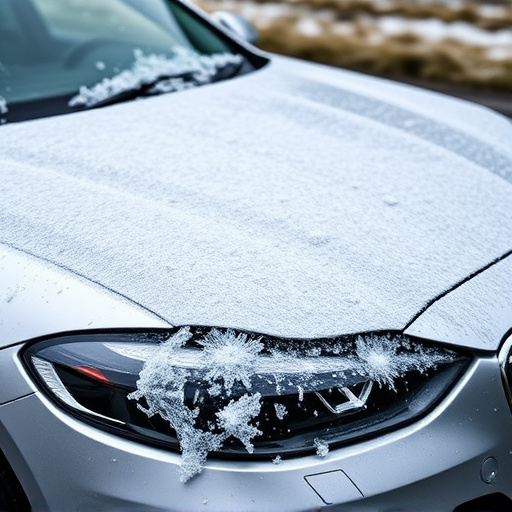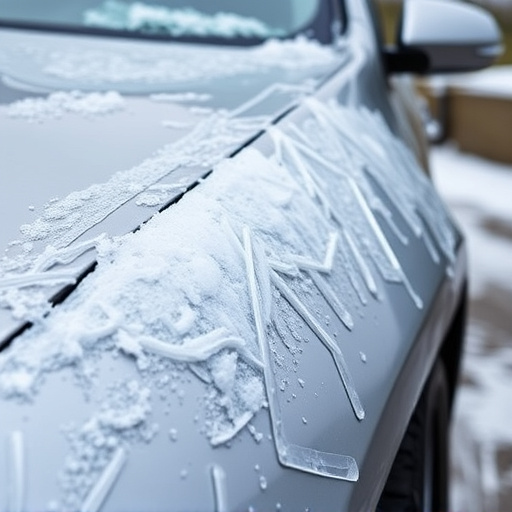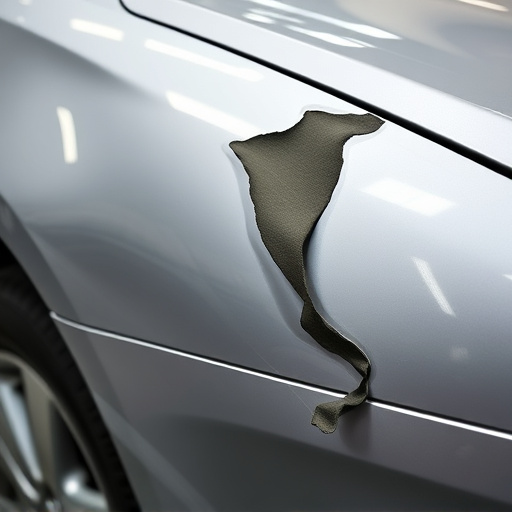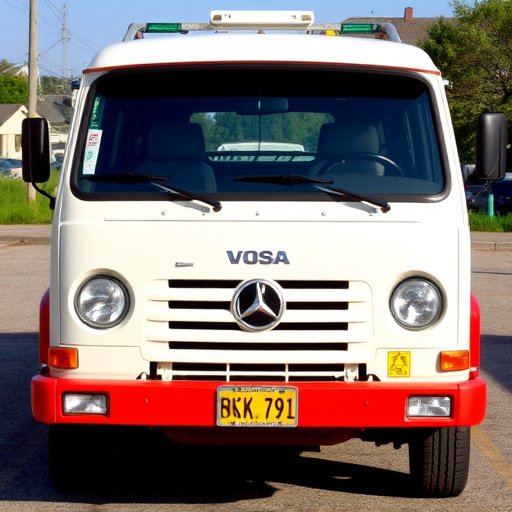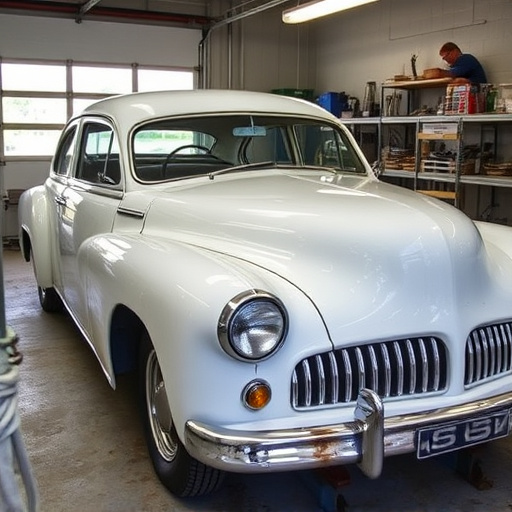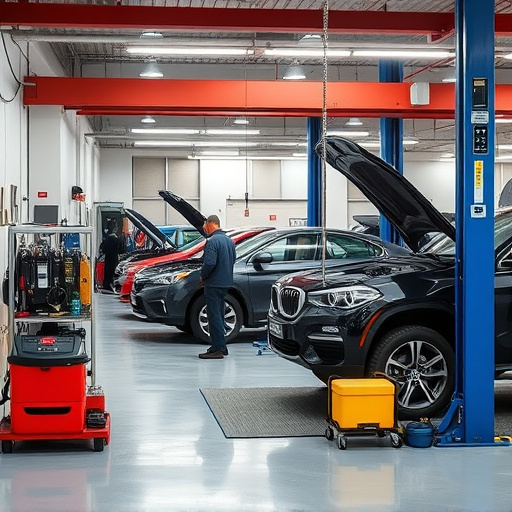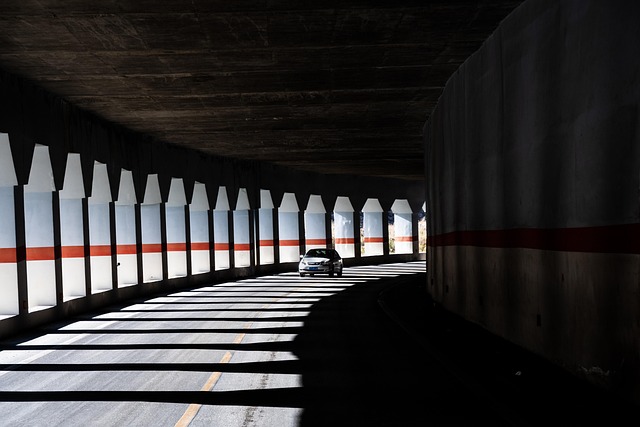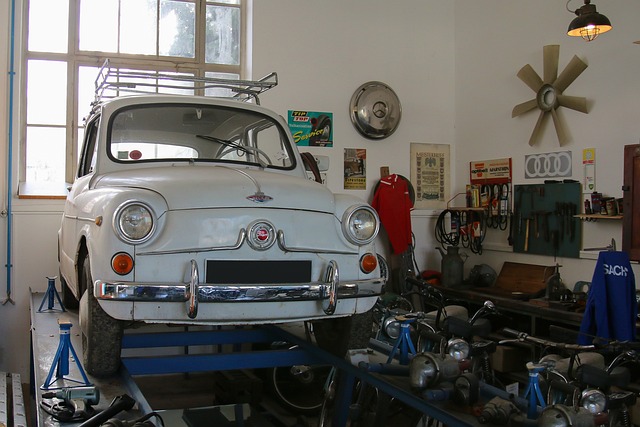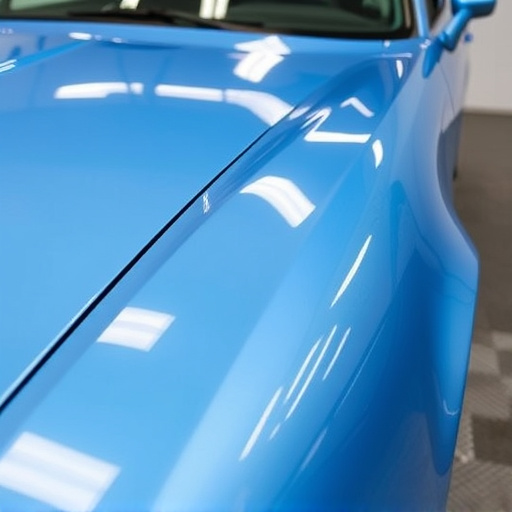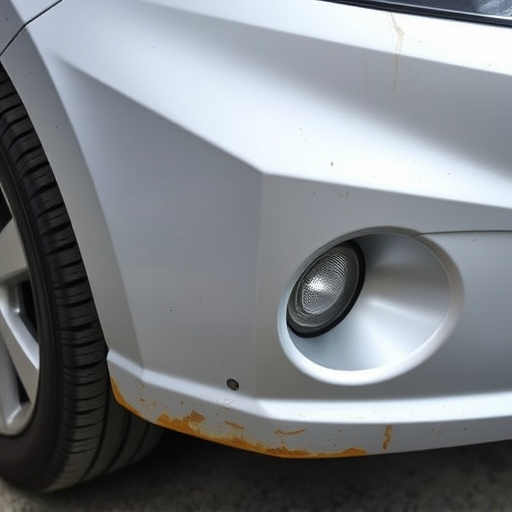Cold climates impact Tesla Supercharger charging speed and efficiency due to frost, snow, and temperature effects on battery chemistry. Heated ports and improved battery management systems help enhance compatibility. Strategic measures like insulated blankets, regular auto maintenance, and fluid changes significantly reduce heat loss, preserving performance and charge retention for smooth winter navigation, ensuring optimal Tesla Supercharger network use without range anxiety.
In the realm of electric vehicle charging, understanding Tesla Supercharger compatibility in cold weather conditions is paramount for smooth travel. While these fast-charging stations offer unparalleled speed, freezing temperatures can significantly impact charging efficiency. This article delves into the unique challenges posed by frost and snow, exploring how they slow down the process and potential strategies to ensure consistent Tesla Supercharger compatibility during winter months. By understanding these factors, EV owners can plan their journeys effectively and maintain efficient charging regardless of the weather.
- Understanding Tesla Supercharger Limitations in Cold Weather
- Impact of Frost and Snow on Charging Speed and Efficiency
- Strategies to Ensure Consistent Supercharger Compatibility in Cold Conditions
Understanding Tesla Supercharger Limitations in Cold Weather
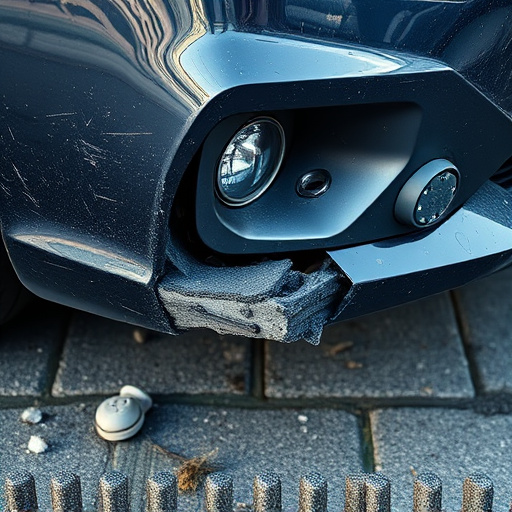
Tesla Superchargers are a crucial part of long-distance travel for Tesla owners, but their performance in cold weather conditions can present limitations. While Tesla has made significant strides in improving the efficiency of its charging systems, extreme cold can still impact charging speeds and overall compatibility. This is primarily due to the effects of low temperatures on battery chemistry and the electrical components within the Supercharger station itself. In regions with harsh winters, Tesla owners may notice longer charge times and reduced power output from their vehicles’ high-voltage batteries.
Cold weather conditions also pose challenges for automotive repair technicians working with Tesla models. Unlike traditional internal combustion engine vehicles, electric cars like Teslas have unique systems that require specialized knowledge and tools for effective repairs. While a simple scratch repair on a car’s exterior might be straightforward, addressing issues related to the complex electrical systems or battery packs involves advanced training and equipment. As such, when cold weather hinders Supercharger functionality, it underscores the importance of maintaining well-trained service professionals who can efficiently diagnose and resolve any issues related to Tesla vehicle compatibility.
Impact of Frost and Snow on Charging Speed and Efficiency
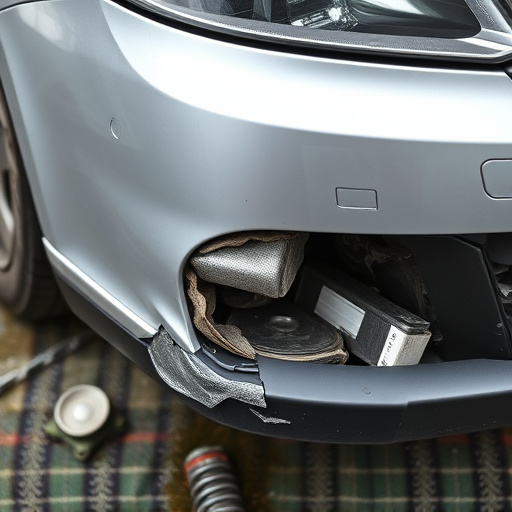
The presence of frost and snow can significantly impact the charging speed and efficiency of Tesla Superchargers during cold weather conditions. When a Tesla vehicle needs to be charged, the Supercharger station delivers high-speed charging by increasing voltage and reducing resistance in the electrical circuit. However, frost and snow on the charger’s connectors or on the vehicle itself can disrupt this process.
Ice accumulation physically blocks the connection between the Supercharger and the car, hindering the flow of electricity. Additionally, cold temperatures can reduce battery performance, leading to slower charging times. This is because lower temperatures decrease the chemical reactions within the battery, which are essential for efficient energy transfer. As a result, Tesla owners in snowy regions might experience longer charging times during winter, requiring them to plan their routes accordingly to ensure they have enough range to reach their destinations. Fortunately, Tesla offers various solutions like heated charger ports and improved battery management systems to mitigate these challenges, ensuring better Supercharger compatibility even in harsh weather conditions.
Strategies to Ensure Consistent Supercharger Compatibility in Cold Conditions
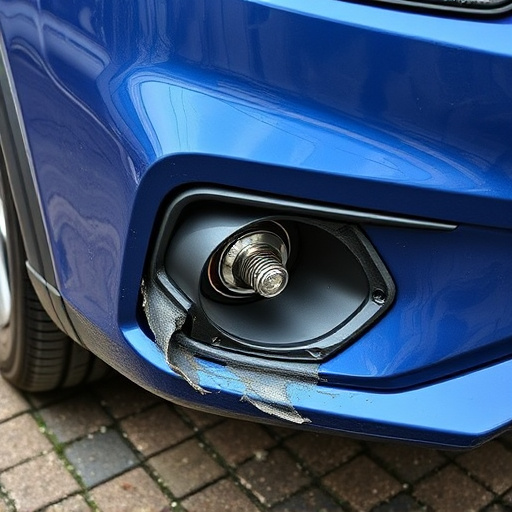
To ensure consistent Tesla Supercharger compatibility in cold conditions, several practical strategies can be employed. First, maintaining a well-insulated battery pack is key. Many Tesla owners invest in high-quality battery blankets or insulation kits to protect their vehicles during freezing temperatures. This simple step significantly reduces heat loss, preserving battery performance and charge retention.
Regular auto maintenance, including timely fluid changes and battery checks, is another vital strategy. Automotive repair services specializing in luxury vehicle repair can provide expert advice and perform necessary services to keep your Tesla running optimally in cold weather. Keeping your car well-maintained ensures smooth navigation through harsh winters, allowing you to take full advantage of the Tesla Supercharger network without range anxiety.
In cold weather conditions, Tesla Superchargers face unique challenges that can impact charging speed and efficiency. However, with an understanding of these limitations and the right strategies in place, owners can ensure consistent access to fast charging during winter months. By considering factors like frost and snow buildup, utilizing preheating features, and planning ahead for route optimization, Tesla drivers can maintain optimal Supercharger compatibility, ensuring a smooth and efficient charging experience regardless of the temperature.
